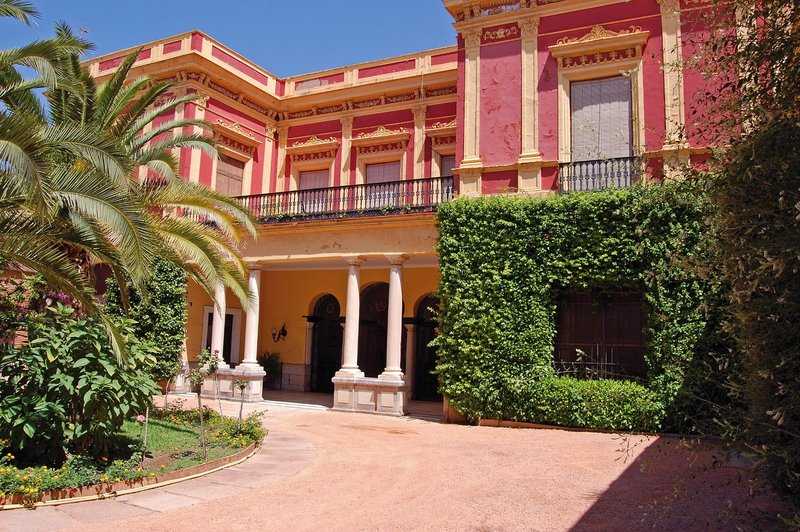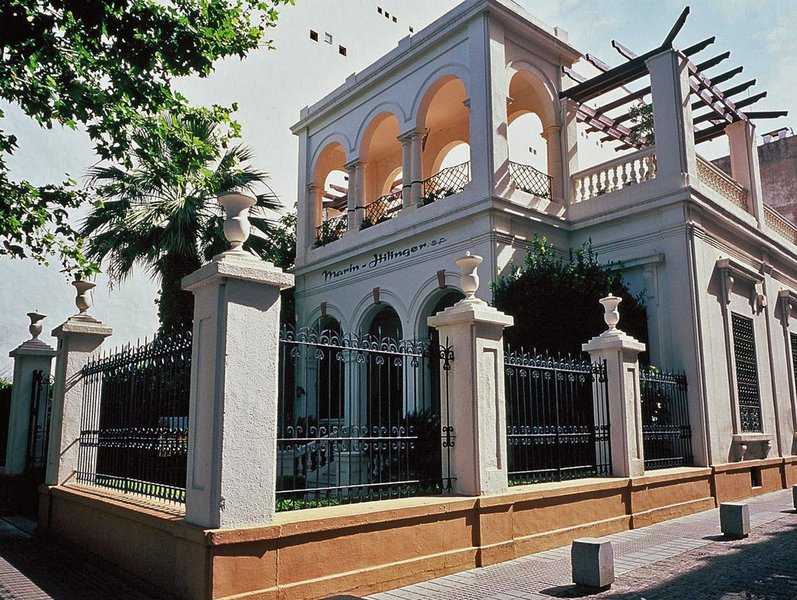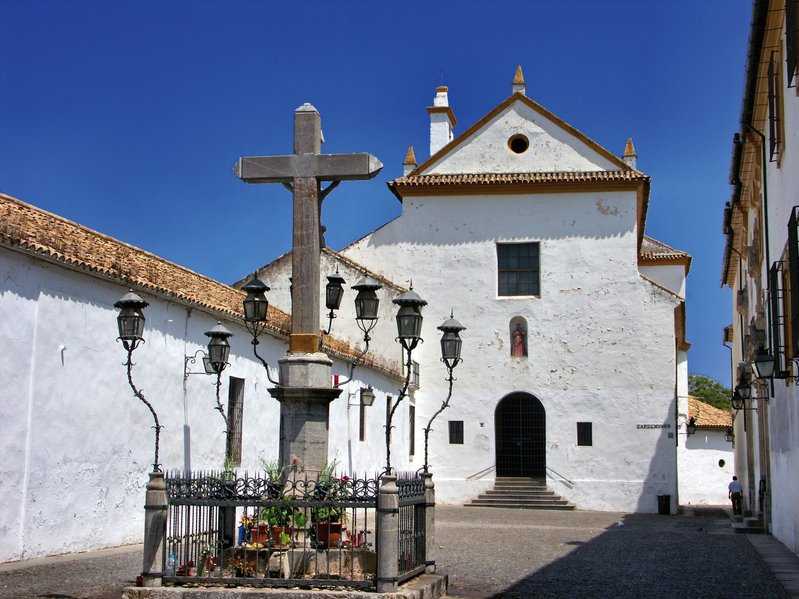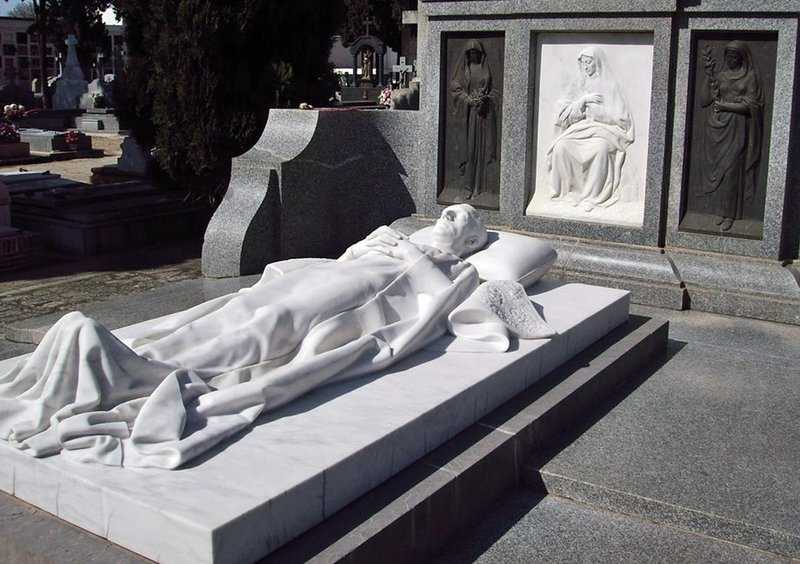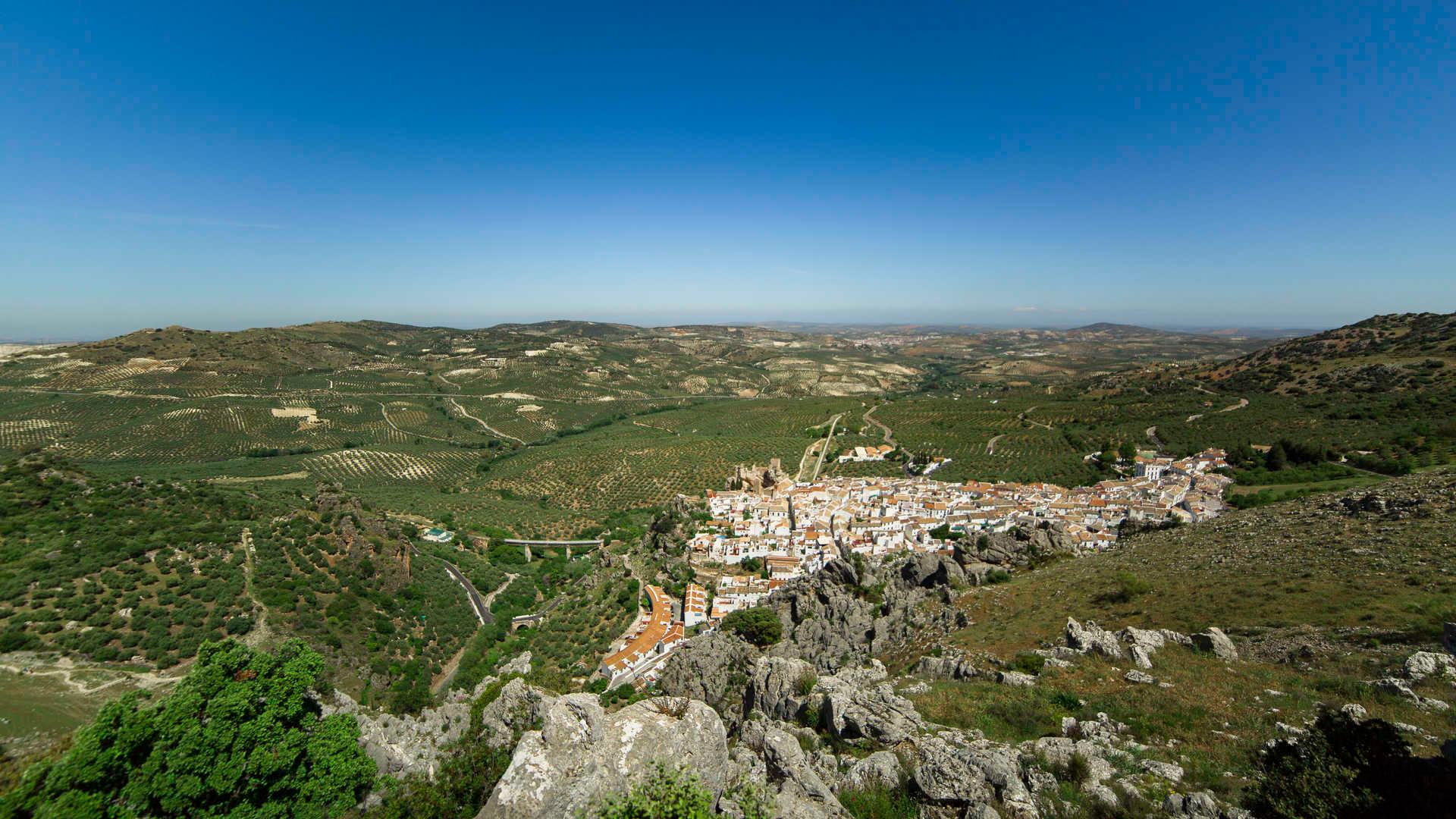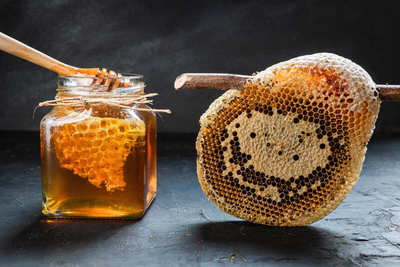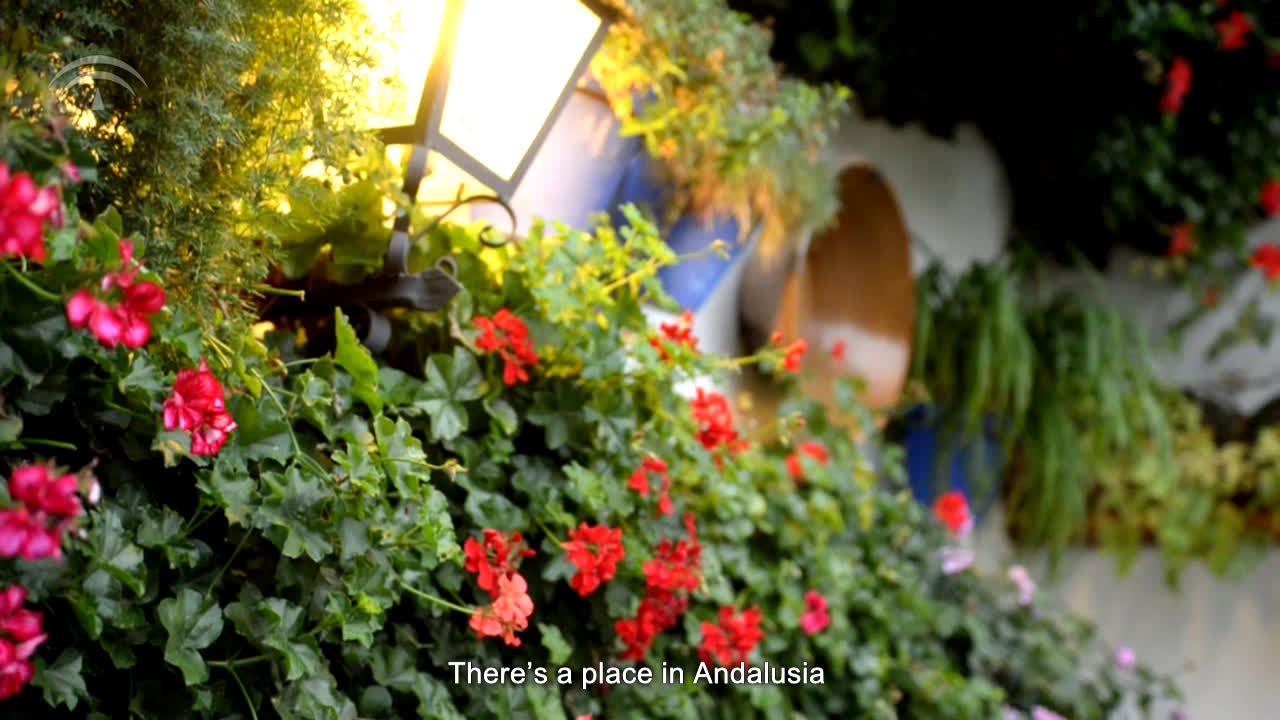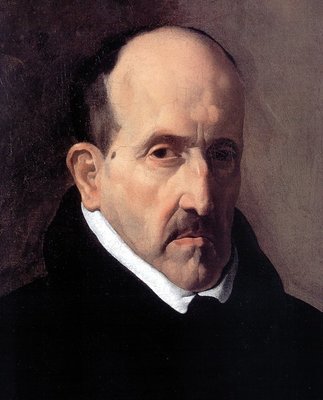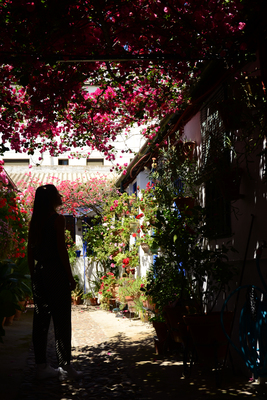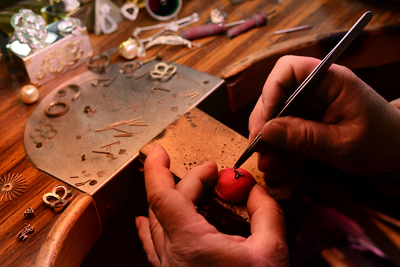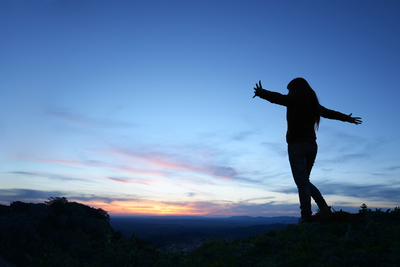Manolete, 4th Caliph of Cordoba

His distinctive style reached perfection in the "suerte de matar" or killing. He popularised a bullfighting pass with his name "la manoletina”.
Manuel Rodríguez Sánchez, "Manolete” (Cordoba, 1917-Linares, 1947)
Caliph of bullfighting
Bullfighter. Manuel Rodríguez Sánchez was born in Cordoba on 4 July 1917. His father died when he was only five years old and from very early age he was drawn to the world of bullfighting, where the Cordobese bullfighter had a number of forebears and to the Santa Marina neighbourhood, a traditional nursery for bullfighters in Cordoba.
He was confirmed as a bullfighter ("tomó la alternativa" in bullfighting language) on 2 July 1939 in the Real Maestranza Bullring in Seville. During the seasons from 1940 to 1944 he had continuous success in the major bullrings.
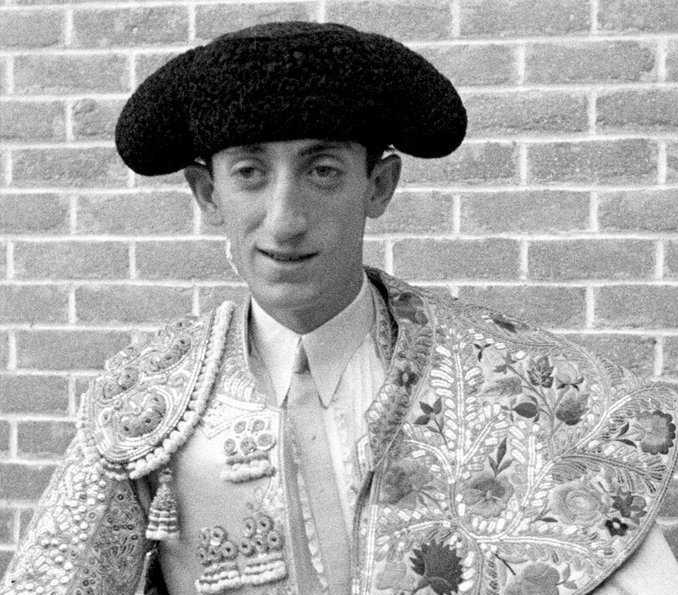
Manolete felt increasingly under pressure by the demands of the public and he voluntarily retired from fighting in Spanish bullrings in 1946. He started the 1947 season very late. On 28 August that year, Manolete was on the programme for the San Agustín Fair in Linares, at the Coso of Santa Margarita bullring. The programme started with Rafael Vega de los Reyes "Gitanillo de Triana”, his companion on many occasions, and a really young Luis Miguel Dominguín. The bulls wore the colours of Eduardo Miura. The bullfight passed without major incidents, although part of the public was hostile to the Cordobese bullfighter who was making a great effort with the fifth bull of the evening. The bull's name was Islero and was black, with white hairs and fierce. The animal was difficult fight, but when the bullfighter moved in to kill Islero it gored him through the upper right thigh muscle. The bull released its prey and the matador fell to the ground, very badly injured. The doctors managed to stabilize the bullfighter's condition with great difficulty who appeared to recover and was even able to smoke a cigarette and converse with his team, but he was unable to withstand a final transfusion of plasma brought from Madrid. Manolete lost his sight and died a few seconds later in the early morning of 29 August in the Marqueses de Linares Hospital. Hisfiancé, the actress Lupe Sino, was waiting in the room next door and did not get to see the bullfighter again while he was still alive.
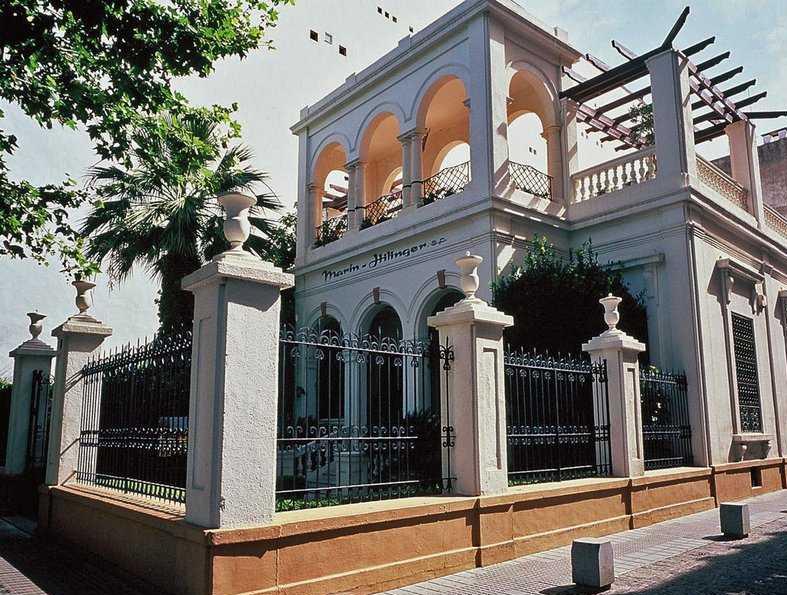
Shock at his death
The shock which affected the whole country after the death of Manolete was felt beyond its borders. The Government posthumously awarded the Order of Merit to the matador, who was buried in the cemetery of La Salud in Córdoba amidst an extraordinary expression of grief. Manolete had been one of the most significant characters in post civil war Spain, whose influence went far beyond the world of bullfighting. He influenced fashion in dressing and was a true idol for the masses both in Spain and in Mexico, where he triumphed emphatically and would be especially venerated.
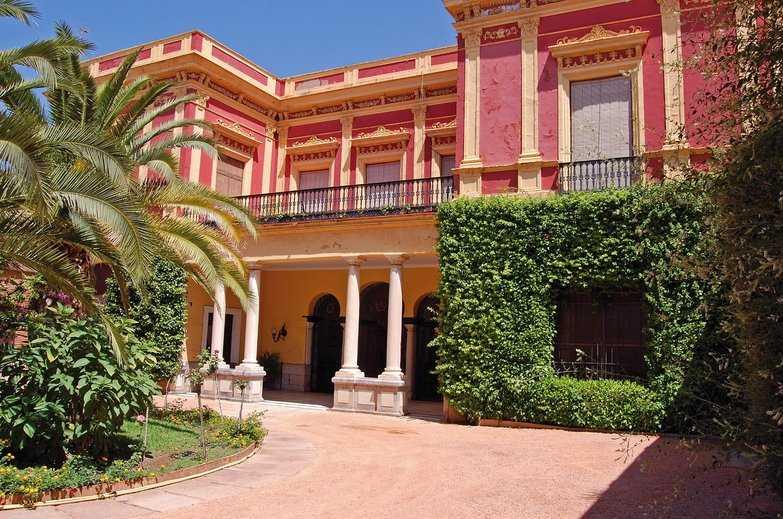
Manolete is considered to be the great architect and founder modern of bullfighting. He was a jealous guardian of ritual in the bullring and in the street, he was soon declared as the 4th undisputed Caliph of bullfighting, following on from Rafael Molina "Lagartijo”, Rafael Guerra Guerrita” and Rafael Gonzalez Madrid "Machaquito”. Manuel Benítez "El Cordobés” would be declared the 5th Caliph.
Tributes to his person
Two busts perpetuate his memory in Cordoba's Plaza del Lagunilla, where he had a house, and in the atrium of the main door of the Coso de los Califas Bullring. Still in Cordoba, there is grandiose monument next to the Church of Santa Marina in honour of his memory. There is also a plaque indicating his birthplace at number 2 Calle Conde de Torres Cabrera.
Other places that the bullfighter frequented were the Plaza de Capuchinos and the Convent of San Jacinto, since Manolete was very devoted to the Virgin of Los Dolores and often made donations to the religious community at the hospital. In this square stands one of the most unusual images in Cordoba: El Cristo de los Faroles. The whiteness of the walls that surround it have a dramatic effect on this Baroque crucifixion.
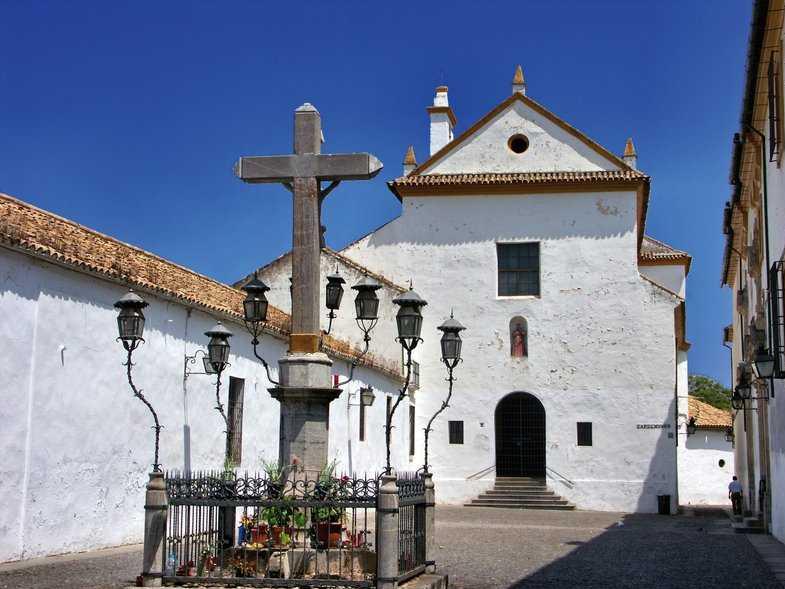
You really shouldn't miss the Bullfighting Museum, located in the heart of the Jewish Quarter in Plaza de Maimonides no. 1, which has recently been refurbished and pays homage to the 4th Caliph of bullfighting; the house in the Avenida Cervantes, which Manolete bought in 1942. This was where the body lay in state and from where the funeral procession left for the Church of San Nicolás on the day he was buried. His remains lie in a mausoleum which is open to visits in the Cemetery of Nuestra Señora de la Salud.
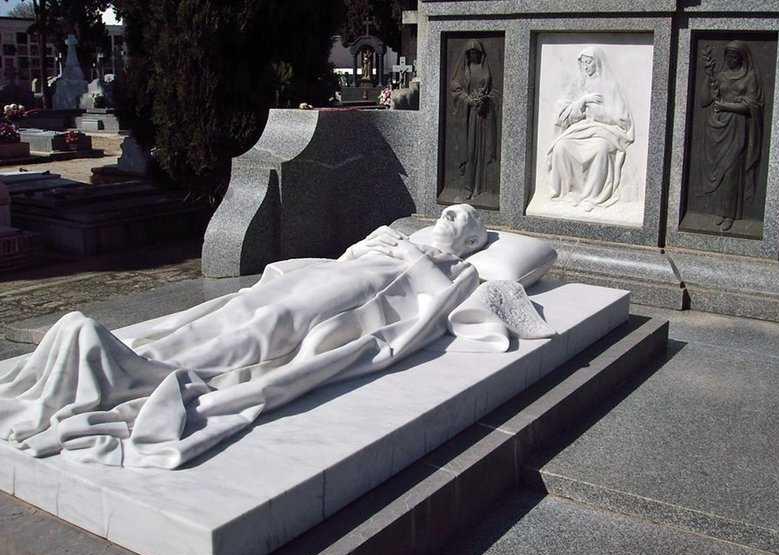
Walk 1. Birthplace in Calle Conde de Torres Cabrera, nº2 - Church of San Miguel - Plaza de la Lagunilla - Plaza Conde de Priego.
Walk 2. Plaza de Capuchinos and Cristo de los Faroles - House in the Avenida Cervantes - Church of San Nicolas - Cemetery of Nuestra Señora de la Salud.

